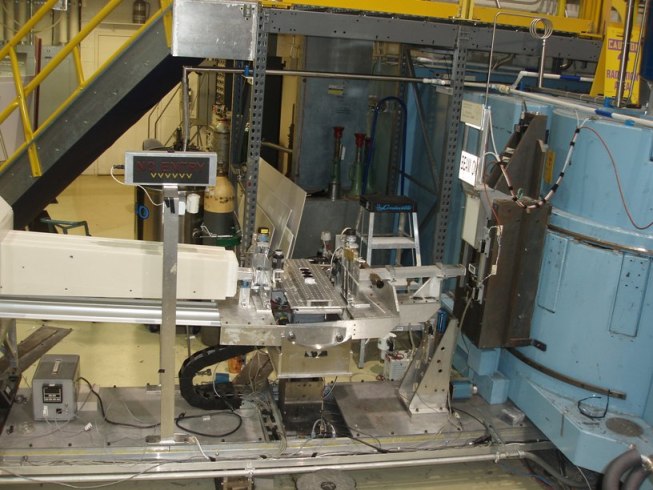NG7 HORIZONTAL NEUTRON REFLECTOMETER
 |
THE REFLECTOMETER
- Instrument Features
- Reflectivity Formalism
- Instrument Schedule
- Getting Beamtime
RESEARCH
- Publications
- Polymer Surfaces
- Biology
- Surfaces and Nanofilms
DATA ANALYSIS
- Overview
- Download ReflPak
- SLD Calculator
|
Neutron reflectometry is a relatively new technique for
investigating the near-surface structure of many materials.
Specifically, it probes the neutron scattering density at depths of
up to several thousand Å, with an effective depth resolution of a
few Å. What is measured is the profile of reflectivity as a
function of angle beyond the critical angle for total external
reflection. The sample must thus present a smooth, flat surface,
preferably several cm2 in area. The method is extensively used for
studies of polymer surfaces, Langmuir-Blodgett films, and thin
films and multilayers of metals and semiconductors, both magnetic
and non-magnetic.
The cold neutron reflectometer permits routine measurement of
reflectivities as low as 10-6 in typical run times of a few hours.
As shown in the schematic drawing below, a pyrolytic graphite
monochromator array deflects neutrons onto a horizontal sample
surface at a shallow angle ofincidence. Reflected neutrons are
measured by a detector after passing through an exit slit
system.
Independent movement of both sample and detector allows
measurement of off-specular scattering. A position-sensitive detector
permits simultaneous measurement of specular and off-specular
scattering.
Last modified 18-January-2008


